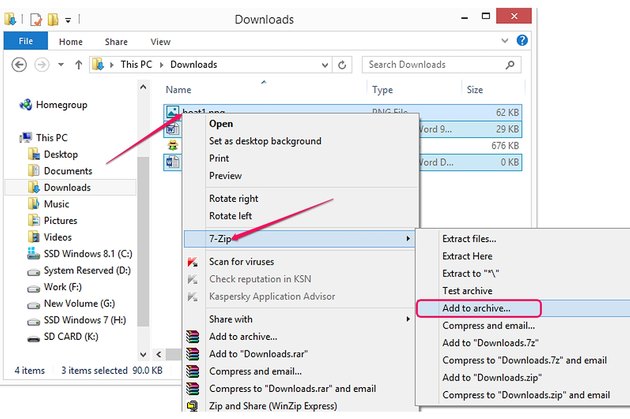
- #Windows 8.1 open any file explorer reset plus
- #Windows 8.1 open any file explorer reset windows 7
- #Windows 8.1 open any file explorer reset windows
Let's try now doing the opposite and force File Explorer to always hide the extension of *.exe files even when file extensions are enabled.
#Windows 8.1 open any file explorer reset windows

Open this subkey and create an empty string value here named AlwaysShowExt: This value called the ProgID and it points us to the required subkey of HKCR key, i.e.

If you are not familiar with the Registry Editor application, here is an the awesome article for you. To force File Explorer to show the file extension for EXE files, you need to do the following: They completely look the same in the Explorer window when file extensions are hidden. One of the two files is an EXE file, and the second one is an icon (.ICO) file. For example, let's make the file extension for EXE files always visible. Look at the following image: In Windows, it is possible to force File Explorer to hide or show file extensions for a specific file type. This can be done using Registry Editor. In the screenshot below, you can see that File name extensions checkbox is unchecked, however, extensions are visible for *.dll files.ĭoes this mean that the extension setting is broken from dll files? No. You may notice that some files, like DLL files, have extensions displayed in File Explorer even if you have turned extensions off. The result will be the same - extensions will be turned on. Here, switch to the View tab and untick the Hide extensions for known file types checkbox. The Folder options dialog will appear on the screen: Inside the Tools menu, you will see Folder Options.
#Windows 8.1 open any file explorer reset windows 7
If you are using Windows 7 or earlier versions of Windows, press Alt, then T to show the Tools menu. You can also access Folder Options from the View tab of the File Explorer Ribbon. The second option is in Folder Options inside Control Panel. Quite simple, right? Let's see the second method which is useful for Windows 7 and Windows XP/Vista users too. Tick the File Name Extensions checkbox and you will get them showing instantly: It has a checkbox on the View tab to toggle File name extensions. The first option is in the modern Ribbon interface.
#Windows 8.1 open any file explorer reset plus
You could say that Quick access is somewhat like a "bookmarks plus history" feature for File Explorer.In Windows 8.1, there are some options which allow you to show or hide file extensions in File Explorer. While Windows 10's File Explorer also lets you do that, Quick access can also show you Frequently used folders and Recent files. In Windows 8.1, the Favorites section from File Explorer used to hold folders you pinned to it for easy access. The old Favorites section transformed into the new Quick access section. This is probably the most obvious change in Windows 10's File Explorer. The "Quick Access" Section Replaces "Favorites" File Explorer Titles Are Aligned To The Left Instead Of Being Centeredġ. The Computer Tab Includes A Shortcut For Settings Instead Of "Control Panel" We Have A New Share Button In The Share Tab The File Menu Replaces "Delete History" With "Options" Or "Change Folder And Search Options"

The Ribbon Defaults To "Home" Instead Of "Computer"

File Explorer's Starting Location Can Be Easily Changed File Explorer Starts In "Quick Access" Instead Of "This PC"


 0 kommentar(er)
0 kommentar(er)
